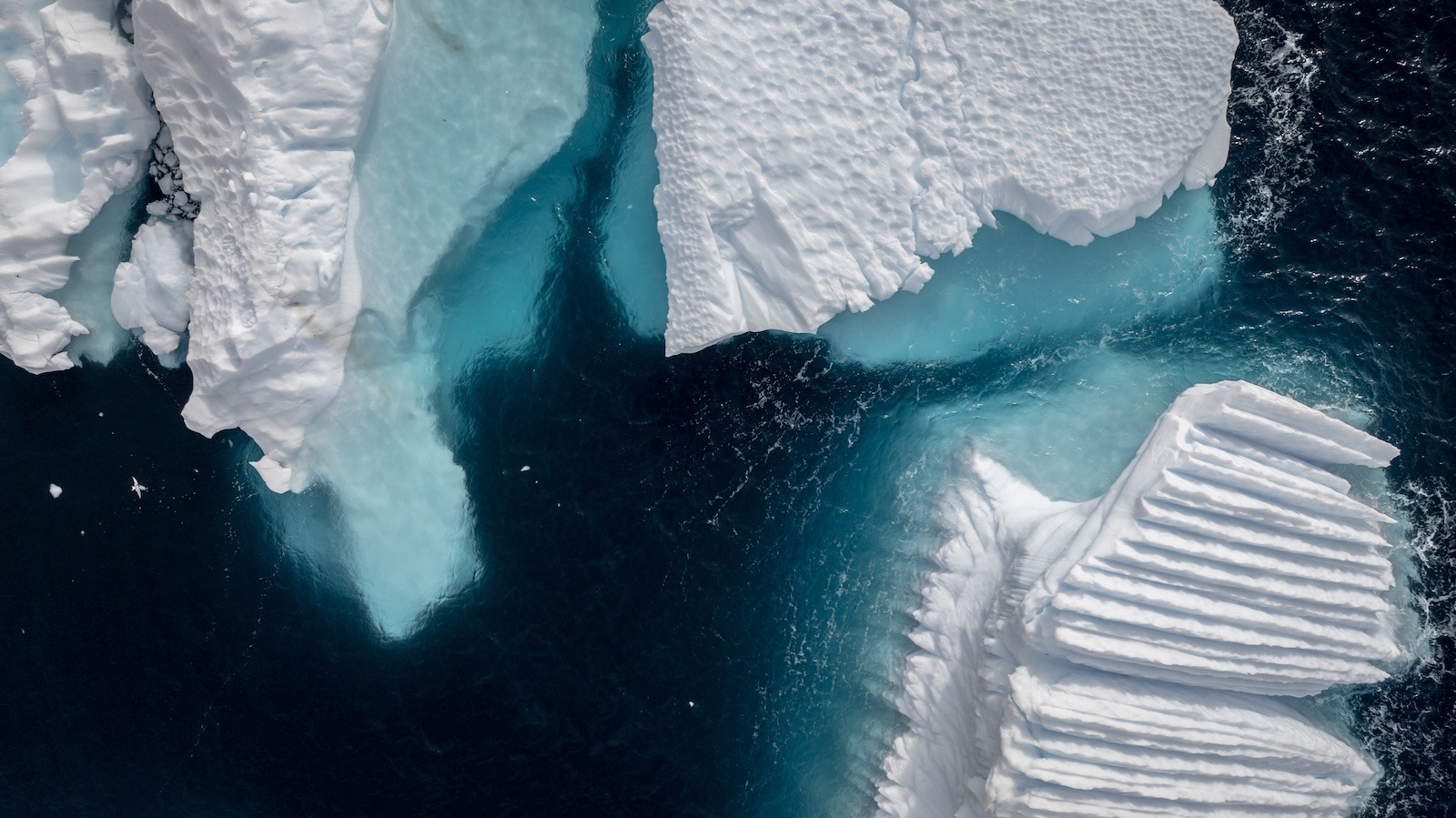The West Antarctic Ice Sheet covers some 760,000 square miles and is up to 1.2 miles thick. If it were to ever melt away entirely, it would add 10 feet to global sea levels. Even considering how quickly humans are heating the planet, such a change would likely unfold over centuries — that’s how much ice we’re talking about here. But scientists are finding more and more evidence that Antarctica’s ice is in far more peril than previously believed, with many abrupt changes, like the loss of sea ice, reinforcing one another.
We can now add underwater “storms” to the troubles unfolding around the frozen continent. A new paper suggests that vortices are drawing relatively warm waters across the underside of the extension of the West Antarctic Ice Sheet, known as the ice shelf, floating on the Southern Ocean, potentially accelerating its destruction.
Secure · Tax deductible · Takes 45 Seconds
Secure · Tax deductible · Takes 45 Seconds
The seemingly serene waters around the shelf are in fact rather chaotic. For one, strong winds scour the sea surface, pushing it along. But what’s driving these storms is the gain and loss of ice: When it freezes, it ejects salt, and when it melts, it injects that fresh H2O into the sea. This changes the density of ocean water, creating vortices that draw warmth from the depths. “They look exactly like a storm,” said lead author Mattia Poinelli, a glaciologist at University of California, Irvine and an affiliate at NASA Jet Propulsion Laboratory, describing the work in the journal Nature Geoscience. “They’re strongly energetic, so there is a very vertical and turbulent motion that happens near the surface.”
This is bad news for the shelf because it displaces the insulating layer of frigid water where the ice meets the sea, which should prevent melting. Other scientists have found that instead of the underbelly being flat — which would help that insulating layer accumulate — it can undulate, creating currents that similarly expose the ice to warm waters. (Researchers are only recently learning these things because it’s exceedingly difficult to see what’s going on down there — advanced robots are now getting the job done.) “We’re really trying to understand, Where is warm water getting in, how’s it getting in, and what are these processes by which the ice is melting from below?” said Clare Eayrs, a climate scientist at the Korea Polar Research Institute, who wasn’t involved in the new paper.
The troubles under the shelf are bad news for the rest of the West Antarctic Ice Sheet. Think of the floating bit like a cork holding back the glacier resting on land. If melting along the shelf’s underbelly makes it break up, the sheet will march more quickly into the ocean, raising sea levels around the world.
Not helping matters is the dramatic decline of sea ice surrounding the continent. All those chunks normally act as a buffer, absorbing the wave energy that would otherwise crash into the shelf and break it apart. Sea ice also helps keep marine temperatures cool: Because it’s white, it reflects the sun’s energy back into space, but with darker waters exposed, the sea instead absorbs that heat.
As sea ice disappears and the shelf degrades, more fresh water is added to the ocean, meaning more of the storms that drive more melting — and on and on. “In the future, where there is going to be more warm water, more melting, we’re going to probably see more of these effects in different areas of Antarctica,” Poinelli said.
These storms may also help explain the retreat of Antarctica’s “grounding lines,” where the ice lifts off the land and begins floating on the ocean. Researchers have previously found that as fresh water flows beneath the ice sheet and into the ocean, it creates turbulence that draws up warm water, further hastening melting. Earlier this month, a separate team of researchers used a quarter-century’s worth of data to find grounding line retreat of up to 2,300 feet a year. When that happens, warm ocean water can access more parts of the glacier, eating away at the ice and making the entire sheet system less stable.
And now storms could be adding to this attack on the grounding line. “This study provides a compelling mechanism of tiny but powerful storms that punch beneath the ice and accelerate melt,” said Pietro Milillo, a physicist at the University of Houston who co-authored the retreat paper but wasn’t involved in the storm research. “The kind of retreats that we see in our dataset can be partially explained with these underwater storms.”
Just how much more melting we might see because of these storms remains an open question. Also, the finding came out of a model, though Poinelli said scientists have observed the dynamic in another area of Antarctica. Scientists desperately need more data to get a better idea of how fast this ice will disappear and, as a consequence, how quickly sea levels will rise. “We sometimes think the ice sheet responds slowly to changes, but this work, and our work, remind us that Antarctica can change on timescales of days or weeks,” Milillo said. “We need to monitor the underside of the ice shelf with the same urgency we monitor atmospheric storms.”
Source link
Matt Simon grist.org

